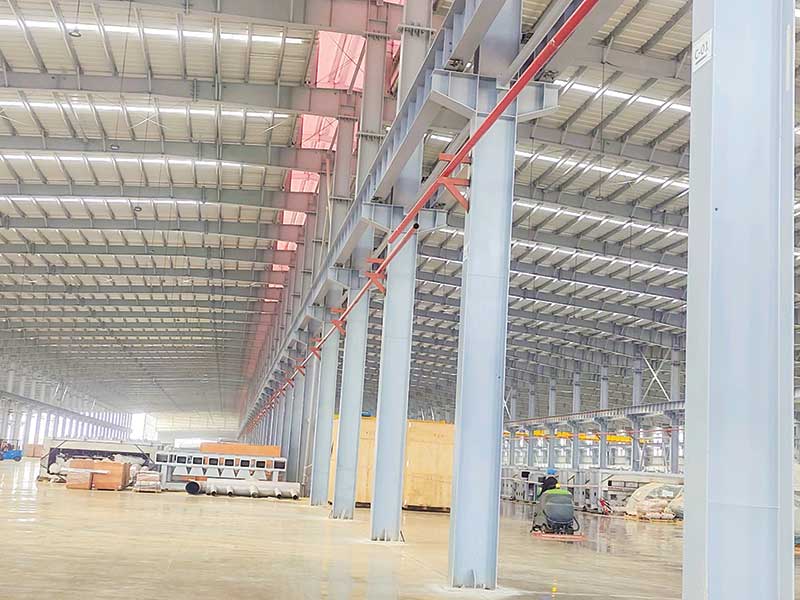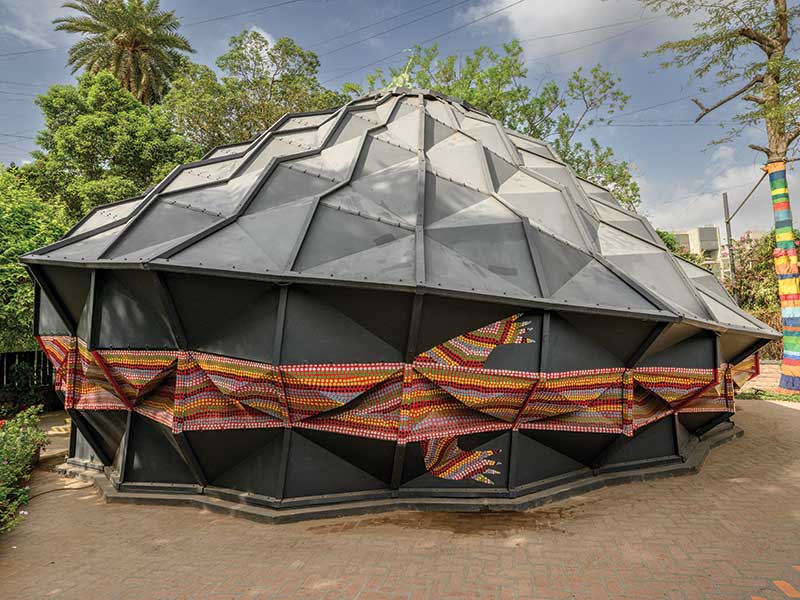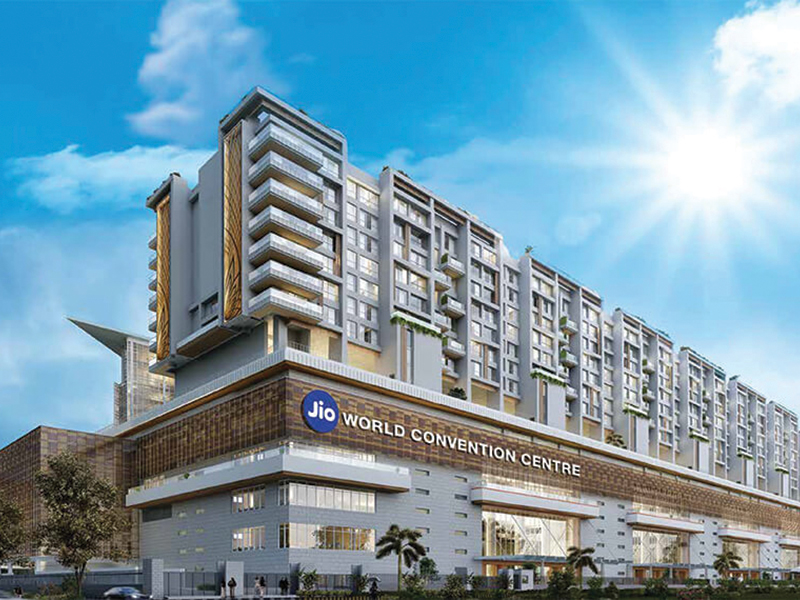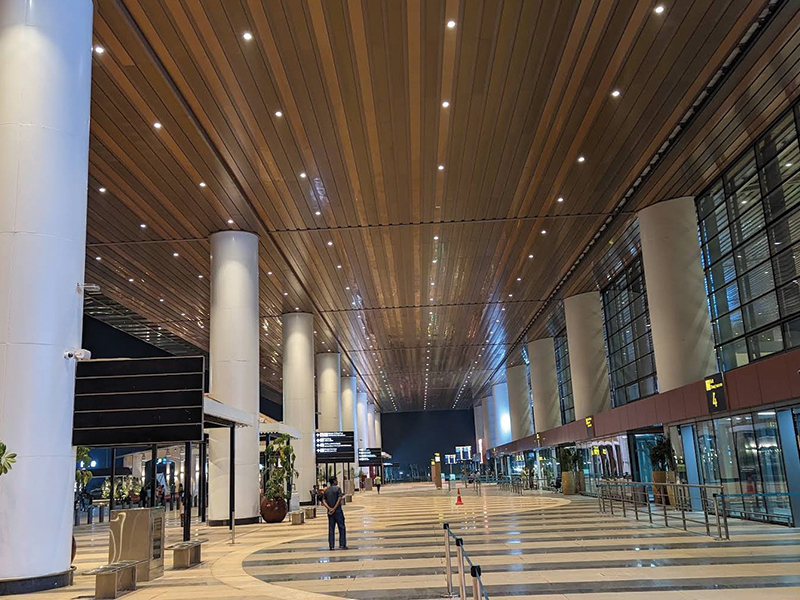Sameer Divekar, Executive Vice President, CP Kukreja Architects
Technological advancements are redefining and reshaping many sectors today; and the AEC industry is also keeping up with the changing times.
With explorations in augmented and virtual reality, many tools are being developed to help communicate spatial complexities to clients without the need to be physically present at the project location.
Artificial Intelligence is the new buzzword today. AI has not only revolutionised data analysis in the field of design and architecture, but also helped in the development of many tools, software, and platforms that help designers and construction professionals in their day-to-day tasks. On a larger scale, drone technology has allowed urban designers and planners to capture, collect data, and receive regular progress updates on large-scale project sites.
The arrival of BIM (Building Information Modelling) and GIS (Geographic Information System) are two such tools that have already become an inherent part of architectural design and town planning. They have reduced the margins of error and are helping architects and designers simulate various possibilities of design, create digital twins of buildings, and analyse large geographical data sets.
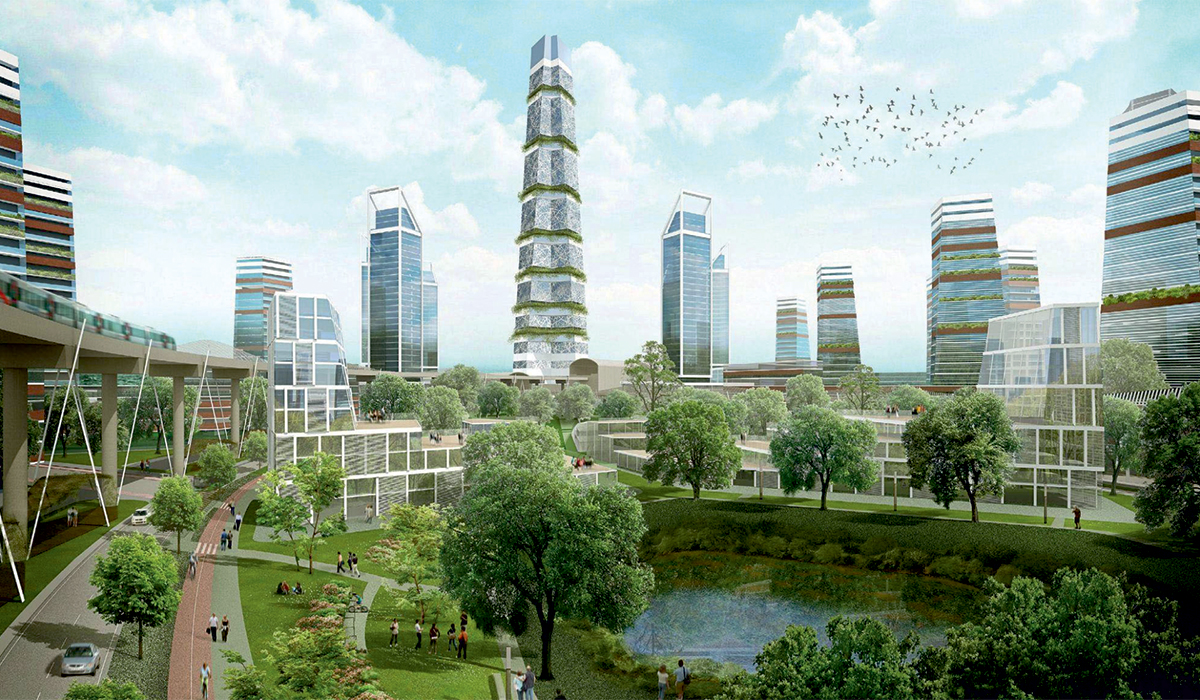 East Delhi Hub designed in association with IDOM Spain
East Delhi Hub designed in association with IDOM SpainBenefits of BIM & GIS in Architecture & Design
Building information modelling (BIM) uses different tools and technologies to manage and generate digital representations of buildings, sites, and systems. GIS is a combination of hardware and software that helps visualise geographic data that helps in large-scale design and planning projects.
BIM and GIS are helping architects with better communication, improved day-to-day project coordination, and boosting the decision-making process. Moreover, integrating the two has enhanced research and analysis for projects with the help of simulated three-dimensional scenarios that show the impact building structures have on the surrounding environment and vice versa. The multi-disciplinary nature of architectural and design practice calls for efficient coordination. When used in unison, BIM and GIS help the workflow function more effectively while reducing the chances of delays and errors.
BIM and GIS are catalysing a revolution in the field of architectural representation and the continuous technological sophistication being brought by the two tools has the potential to change the manner in which the AEC industry functions.
Sameer Divekar
Challenges in adopting BIM and GIS
BIM and GIS come with a set of challenges when it comes to wider adaptability. The arrival of new technology requires training on the basic know-how. BIM and GIS need advanced software training, but trained resources are not readily available. Using software supported by these two technologies is difficult for non-technical personnel as it takes them a while to get used to these tools. Additionally, many professionals are not adept at and, sometimes, aware of the latest developments in the field, and therefore tend to prefer the traditional tools of design.
Since tools like BIM and GIS need diverse decisions to be made upfront, the initial time required to set up the project is higher. Sometimes, this may challenge the client’s expected timelines. Moreover, these tools require a considerable initial investment, which might challenge smaller architectural offices. Even training employees ends up being a costly affair.
Using BIM & GIS for Large-Scale Projects
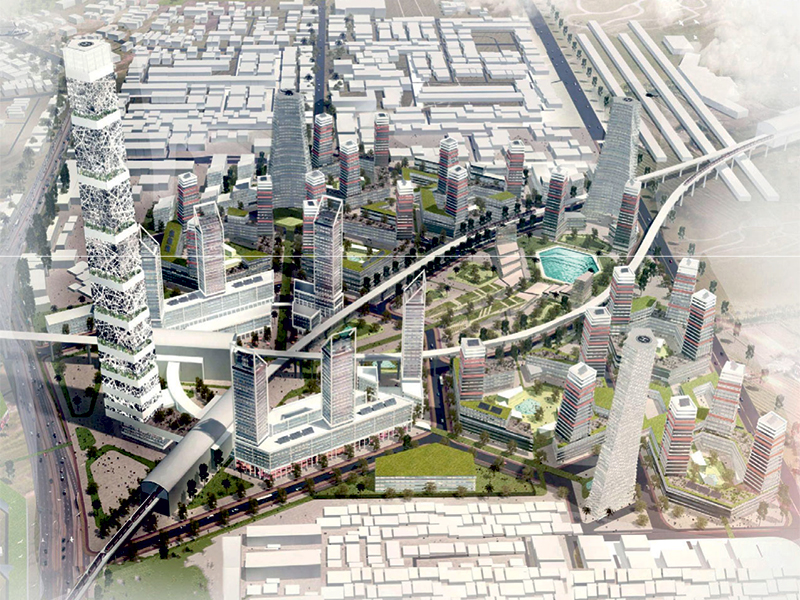 East Delhi Hub designed in association with IDOM Spain
East Delhi Hub designed in association with IDOM SpainSpatial analysis from such tools can prove to be vital in designing transport facilities. For our projects, we analyse the passenger flow, which involves the avoidance of bottlenecks or points of congestion. While designing the metro/railways, these tools help us understand how various railway routes intersect, the frequency at which the trains pass by, and the footfall during peak hours.
With their manifold benefits, tools like BIM and GIS are trickling into common practice. This digital revolution is seeing the light of day as architects, designers, and planners are starting to use BIM and GIS to visualise, analyse and communicate intricate spatial data to make better design decisions.





